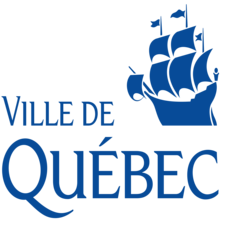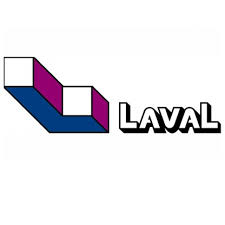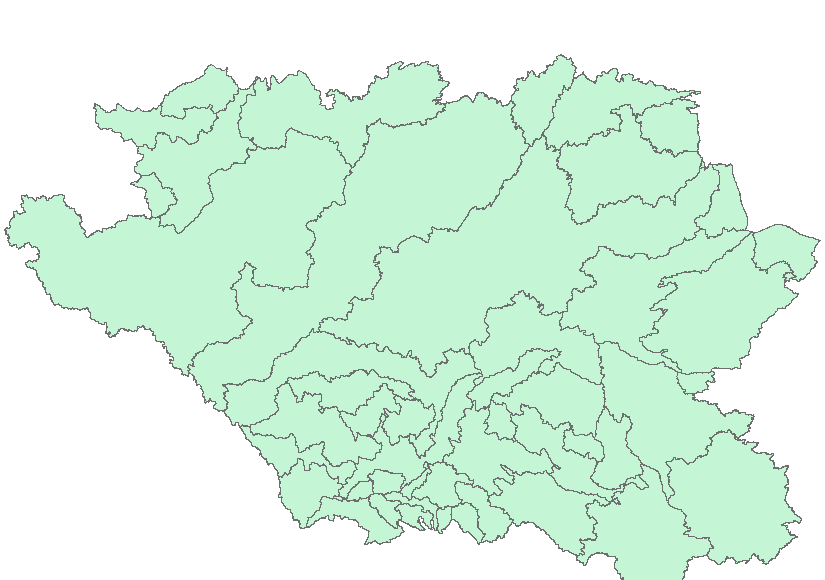Water
Type of resources
Available actions
Topics
Keywords
Contact for the resource
Provided by
Years
Formats
Representation types
Update frequencies
status
Service types
Scale
Resolution
-

The National Ecological Framework for Canada's "Land and Water Area by Province/Territory and Ecoprovince” dataset provides land and water area values by province or territory for the Ecoprovince framework polygon, in hectares. It includes codes and their English and French descriptions for a polygon’s province or territory, total area, land-only area and large water body area.
-

Mapping of linear watercourses in the territory of Quebec City.**This third party metadata element was translated using an automated translation tool (Amazon Translate).**
-

Mapping of open water courses located inside the islands of the Laval territory.**This third party metadata element was translated using an automated translation tool (Amazon Translate).**
-
This product provides the boundaries for the 25 drainage regions in Canada and the five ocean drainage areas. These drainage regions cover all of the area within the coastal boundaries of Canada. These files were produced by Statistics Canada, Environment, Energy and Transportation Statistics Division, 2009, special tabulation of data from Pearse, P.H., F. Bertrand and J.W. MacLaren, 1985, Currents of Change: Final Report of the Inquiry on Federal Water Policy, Environment Canada, Ottawa.
-

Watercourses on the territory of the city of Lévis identified in the Regulation respecting land use planning and development plans (RV-2015-15-04) **This third party metadata element was translated using an automated translation tool (Amazon Translate).**
-

The “Hydrometric Gauging Station Network of the AAFC Watersheds Project - 2013” dataset is a geospatial data layer containing network line features representing links between hydrometric gauging stations of the Agriculture and Agri-Food Canada (AAFC) Watersheds Project. Each line connects a gauging station to its downstream neighbour(s), indicating its drainage direction. This network is a ‘drainage’ network, not a ‘stream’ network. That is, the lines do not in any way portray the actual stream path between stations. In some instances, a lake, for example, an area may have several gauging stations. In such cases, one of the gauging stations is designated the ‘primary’ gauging station for calculation purposes, and to maintain proper hydraulic relationships between gauging stations, where only the primary stations are connected to the downstream portion of the network.
-
The Agriculture and Agri-Food Canada's (AAFC) Watersheds Project level series supplies a number of watershed and watershed related datasets for the Prairie Provinces. The levels are greater or smaller assemblages of hydrometric areas, or the components defining them. The Project is organized by the hydrometric gauging station which are sourced from Environment Canada, the United States and Canadian provinces. Additional stations were generated to address structural issues, like river confluences or lake inlets. Collectively, they are referred to as the gauging stations, or simply, the stations. The drainage area that each station monitors, between itself and one or more of its upstream neighbours, is called an 'incremental gross drainage area'. The incremental gross drainage areas are collected into larger or smaller groupings based on size or defined interest to generate the various 'levels'of the series. For more information, visit: http://open.canada.ca/data/en/dataset/c20d97e7-60d8-4df8-8611-4d499a796493
-

The “PFRA Sub-basins of the AAFC Watersheds Project – 2013” dataset is a geospatial data layer containing polygon features representing the 47 sub-basins within the Agriculture and Agri-Food Canada (AAFC) Watersheds Project, tailored for the Prairie Farm Rehabilitation Administration (PFRA) business needs.
-

The "Total Gross Drainage Areas of the AAFC Watersheds Project - 2013" dataset is a geospatial data layer containing polygon features representing the maximum area that could contribute surface runoff (total gross drainage areas) for each gauging station of the Agriculture and Agri-Food Canada (AAFC) Watersheds Project. These polygons overlap as upstream land surfaces form part of multiple downstream gauging stations’ total gross drainage areas. Drainage area includes all land whose surface runoff contributes to the same drainage outlet or gauging station. Many gauging stations share the same headwaters, thus the overlapping areas (or polygons). The majority of the drainage areas in this dataset have shared areas.
-

The "Hydrometric Gauging Stations of the AAFC Watersheds Project - 2013" dataset is a geospatial data layer containing point features representing the hydrometric gauging stations of the Agriculture and Agri-Food Canada (AAFC) Watersheds Project. The gauging stations are sourced from Environment Canada, the United States and Canadian provinces. Additional virtual stations have been generated to address hydrometric structural issues, like river confluences or lake inlets. Attribute information includes station identification, location and associated catchments/basins.
 Arctic SDI catalogue
Arctic SDI catalogue